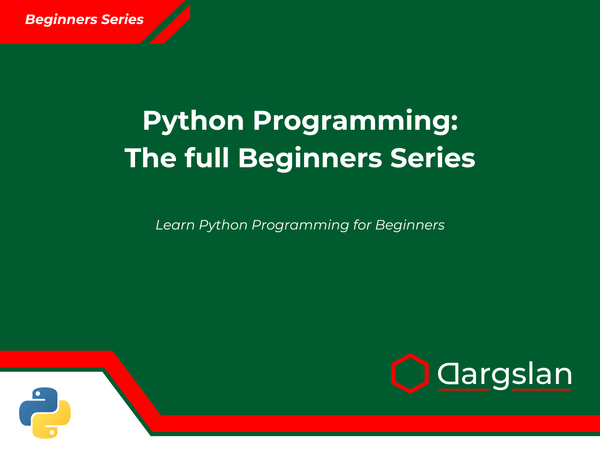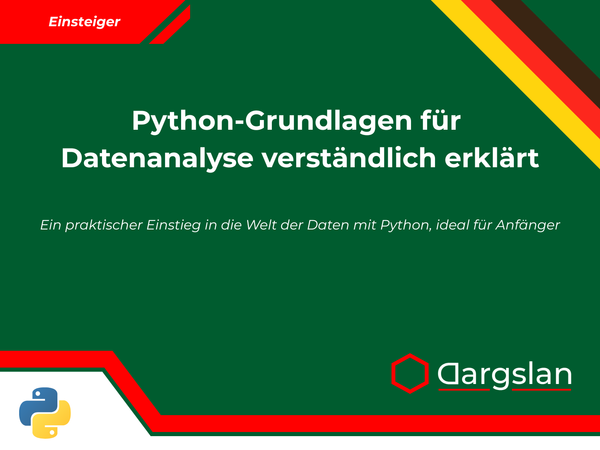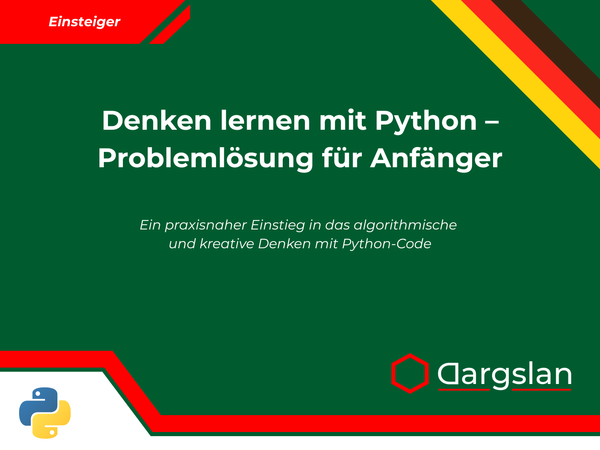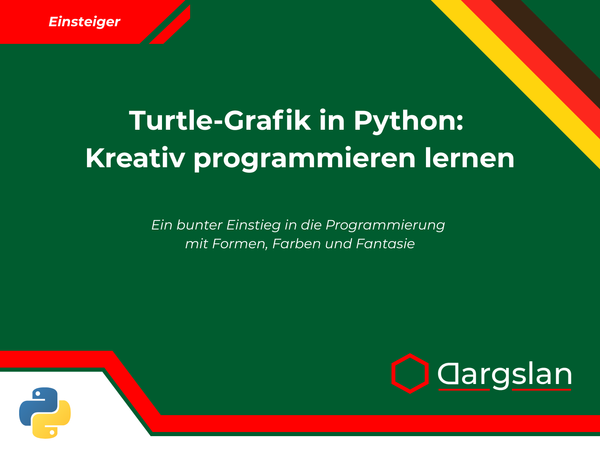Book Review: Exploring Python Standard Library: Hidden Gems
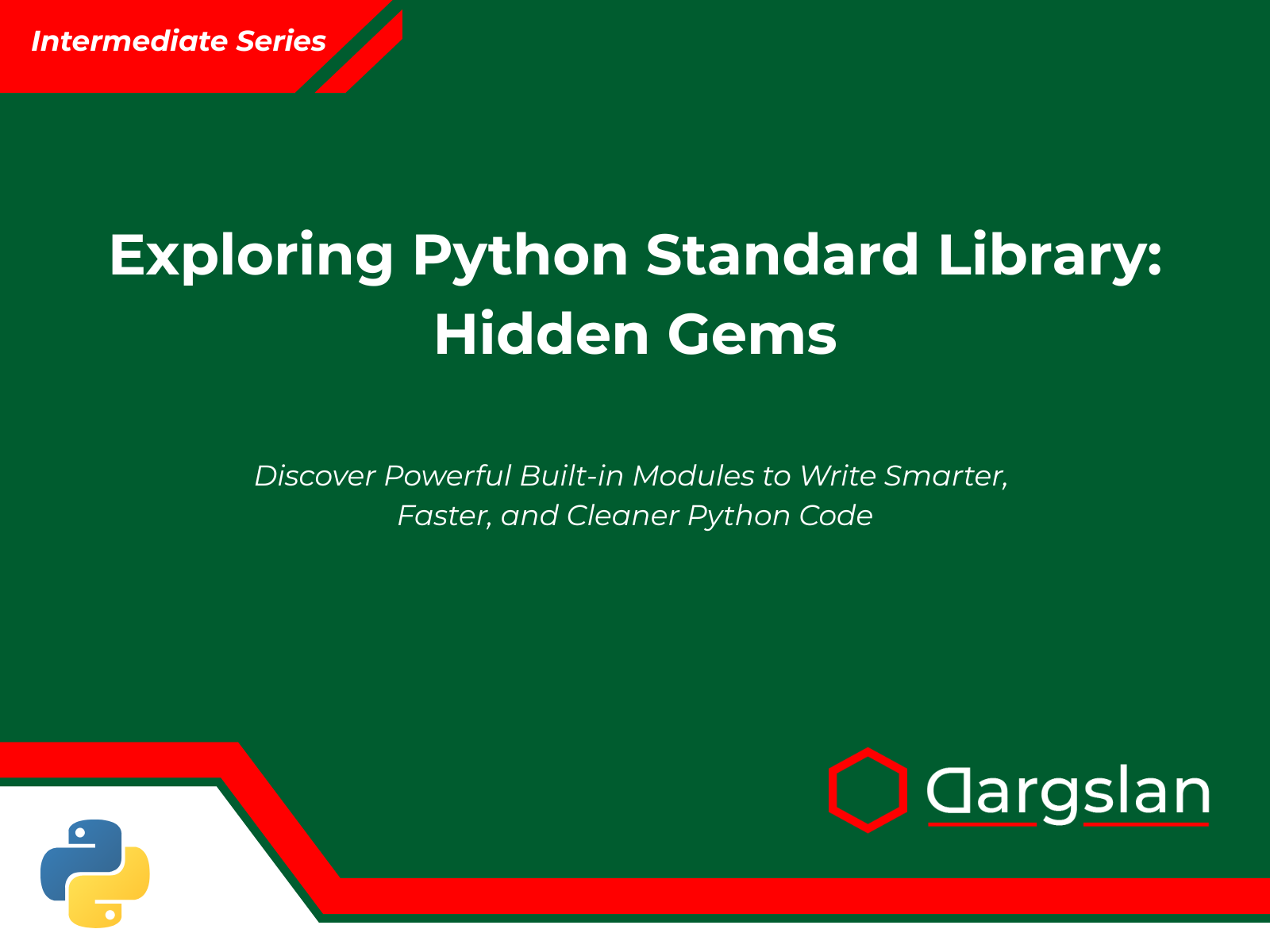
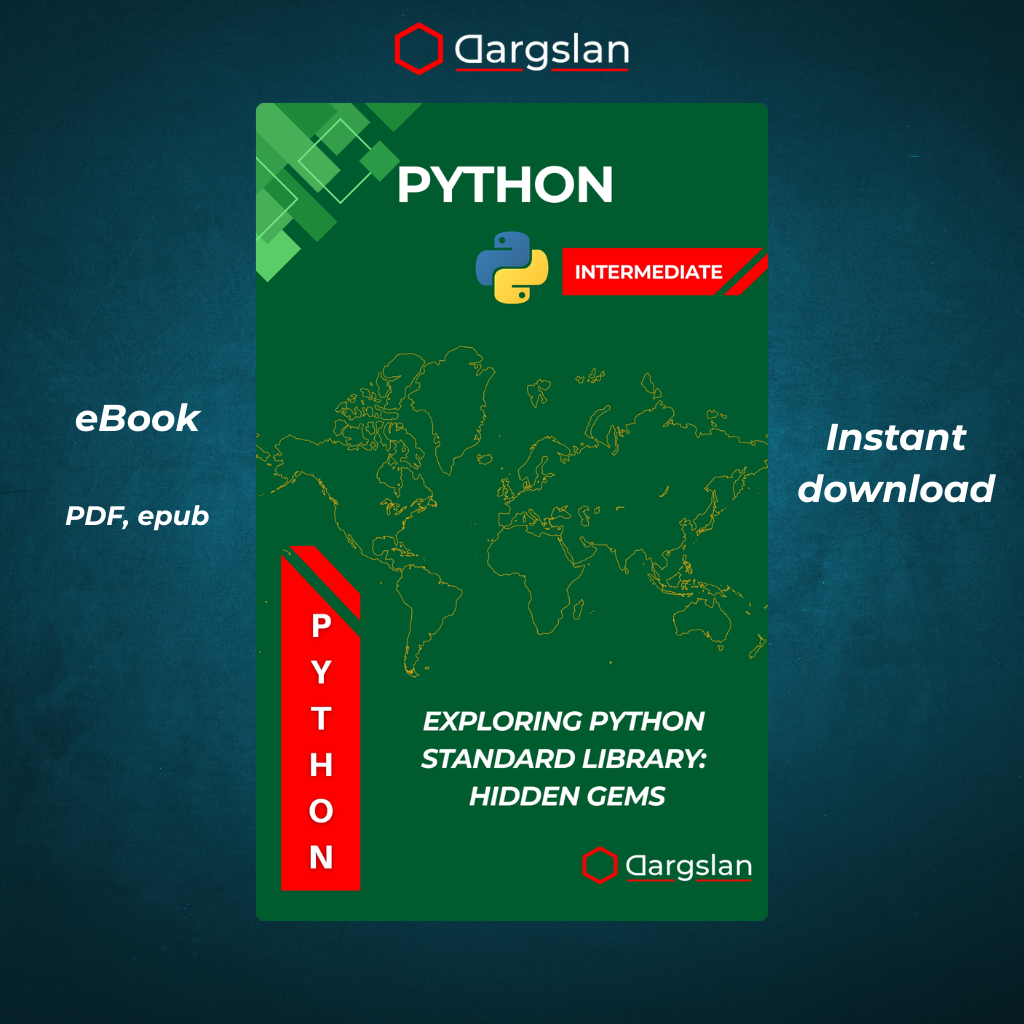
Exploring Python Standard Library: Hidden Gems
Discover Powerful Built-in Modules to Write Smarter, Faster, and Cleaner Python Code
Exploring Python Standard Library: Hidden Gems - A Comprehensive Book Review
Introduction: Unlocking Python's Built-in Treasures
In the vast landscape of programming languages, Python stands out for its readability, versatility, and extensive ecosystem. However, even experienced Python developers often overlook one of its most valuable assets: the Standard Library. Enter "Exploring Python Standard Library: Hidden Gems" by Dargslan, a meticulously crafted guide that unveils the power and potential of Python's built-in modules.
This book serves as both a reference and tutorial, taking readers on a journey through Python's extensive standard library – a collection of pre-written code that comes with every Python installation. While many developers rush to install third-party packages for functionality that already exists in the standard library, this book aims to change that pattern by showcasing the wealth of tools already at your fingertips.
Why This Book Matters in 2023
As Python continues to dominate fields from web development to data science, artificial intelligence, and automation, understanding its core capabilities becomes increasingly valuable. The Python Standard Library represents years of community-driven development, resulting in optimized, well-tested code that follows Python's philosophy.
This book arrives at a perfect time when code efficiency, reduced dependencies, and security concerns make leveraging built-in functionality more important than ever. By mastering these "hidden gems," developers can write more robust, maintainable, and efficient code without bloating their projects with unnecessary external dependencies.
Book Structure and Content Overview
Preface: Setting the Stage
The book opens with a compelling preface that establishes why the standard library deserves more attention. Dargslan immediately engages readers by highlighting the disconnect between Python's popularity and the underutilization of its standard modules. The author presents the standard library as a "treasure trove" that can dramatically improve code quality while reducing external dependencies.
The preface clearly outlines the book's purpose: to explore powerful but often overlooked modules that enable more efficient, cleaner, and more Pythonic code. It also provides a roadmap of what readers will learn, from advanced data structures to functional programming tools and file system operations.
Chapter 1: Why the Standard Library Rocks
The opening chapter builds a compelling case for embracing the standard library. It explores the advantages of using built-in modules:
- Zero-dependency solutions for common programming tasks
- Battle-tested code maintained by Python's core developers
- Cross-platform compatibility without extra installation steps
- Consistent documentation and behavior across Python versions
- Performance optimizations not always found in third-party packages
This chapter likely includes historical context about the evolution of Python's standard library and how it embodies the language's "batteries included" philosophy. It sets the tone for the exploration that follows, making readers excited to discover what they've been missing.
Chapter 2: collections – Beyond Just Lists and Dicts
This chapter dives into the collections module, one of Python's most versatile standard library components. Readers will discover specialized container datatypes that extend beyond Python's basic list and dictionary capabilities:
defaultdictfor handling missing keys automaticallyCounterfor efficient counting of hashable objectsdequefor fast appends and pops from both endsnamedtuplefor creating lightweight, immutable objectsOrderedDictfor maintaining insertion order (pre-Python 3.7)ChainMapfor searching through multiple dictionaries as one
Each data structure is explained with practical examples, performance characteristics, and real-world use cases. By the end of this chapter, readers will understand how to select the optimal collection type for any data manipulation task.
Chapter 3: itertools – Elegant Iteration Patterns
The itertools module represents Python's approach to functional programming for efficient iteration. This chapter likely explores:
- Infinite iterators like
count,cycle, andrepeat - Combinatoric generators such as
permutations,combinations, andproduct - Functions that terminate on the shortest input sequence like
zip_longestandchain - Memory-efficient ways to process large data streams
- Creating custom iteration patterns by combining itertools functions
The author demonstrates how these tools can replace verbose loops with concise, readable code that expresses intent more clearly while often improving performance.
Chapter 4: functools – Functional Power Tools
Building on the previous chapter, this section explores functools, which implements functional programming concepts in Python:
- Using
lru_cachefor memoization to speed up recursive functions - Function transformation with
partialto create specialized versions of functions - The powerful
reducefunction for aggregating sequences singledispatchfor implementing function overloadingwrapsfor creating well-behaved decorators
This chapter shows how functional programming techniques can lead to more maintainable, testable code, even in Python's object-oriented environment.
Chapter 5: datetime and calendar – Time Mastery
Time-related operations are notoriously challenging in programming. This chapter tackles these challenges head-on:
- Creating, manipulating, and formatting dates and times with
datetime - Handling time zones and daylight saving time
- Performing date arithmetic correctly
- Using
calendarfor month and year-level operations - Calculating business days and handling holidays
- Best practices for storing and serializing time data
The examples likely include practical applications like calculating age, determining workdays between dates, and handling recurring events.
Chapter 6: pathlib – Modern File Paths Made Easy
The pathlib module represents a paradigm shift in how Python handles filesystem paths. This chapter covers:
- Object-oriented path manipulation instead of string operations
- Cross-platform path handling without manual separator management
- File operations integrated directly into path objects
- Pattern matching and directory traversal
- Comparing
pathlibwith older approaches usingos.path - Building complex file processing workflows
This chapter demonstrates how pathlib leads to more readable, maintainable code when working with files and directories.
Chapter 7: tempfile, shutil, and os – Filesystem Shortcuts
Building on the previous chapter, this section explores additional modules for filesystem operations:
- Creating secure temporary files and directories with
tempfile - High-level file operations like copying, moving, and archiving with
shutil - Environment variables, process management, and system calls with
os - Building cross-platform applications that behave consistently
- Handling filesystem edge cases securely
Practical examples might include implementing file backup systems, processing batches of files, or creating self-cleaning application caches.
Chapter 8: argparse – Building CLI Tools
Command-line interfaces remain a crucial part of many Python applications. This chapter explores:
- Building robust CLI applications with
argparse - Defining commands, subcommands, and arguments
- Input validation and type conversion
- Generating helpful documentation automatically
- Creating interactive command patterns
- Best practices for user experience in command-line tools
Readers will learn to create professional-quality command-line interfaces that follow platform conventions and provide excellent user experience.
Chapter 9: statistics, math, and decimal – Mathematical Precision
Python's mathematical capabilities extend far beyond basic arithmetic. This chapter covers:
- Statistical functions for data analysis without heavy libraries
- Precise decimal arithmetic for financial calculations
- Advanced mathematical functions beyond the built-in operators
- When to use
decimalvs. floating-point numbers - Implementing mathematical algorithms efficiently
This chapter likely demonstrates how these modules can replace external dependencies for many common mathematical operations while providing better precision.
Chapter 10: json, csv, and configparser – Data IO Essentials
The final main chapter focuses on data interchange formats essential to modern applications:
- Parsing and generating JSON with the
jsonmodule - Working with CSV files for data import/export
- Managing application configuration with
configparser - Handling common data format challenges and edge cases
- Serialization and deserialization best practices
- Ensuring security when processing external data
Through practical examples, readers learn to implement robust data interchange while avoiding common pitfalls.
Valuable Appendices
The book includes four appendices that complement the main content:
- One-Liners and Shortcuts from the Standard Library - Quick solutions to common problems using standard library functions
- When to Use Built-ins vs Third-Party Packages - Decision frameworks for choosing between standard modules and external packages
- Import Pattern Cheatsheet - Best practices for importing standard library modules efficiently
- Challenge Exercises for Each Module - Hands-on problems to reinforce learning and build practical skills
These appendices transform the book from a reference into a practical learning tool that helps readers apply their knowledge immediately.
Who Should Read This Book
"Exploring Python Standard Library: Hidden Gems" caters to multiple audiences:
Intermediate Python Developers
Those who know Python basics but want to deepen their understanding of the language's built-in capabilities will find this book invaluable. It bridges the gap between introductory material and advanced techniques by focusing on practical tools available in every Python installation.
Professional Software Engineers
For professionals writing production code, this book offers techniques to reduce dependencies, improve performance, and write more maintainable applications. The focus on standard library solutions means more stable codebases with fewer security vulnerabilities from third-party packages.
Data Scientists and Analysts
While data professionals often rely on specialized libraries, understanding Python's built-in capabilities allows for lighter, more portable code. The chapters on collections, itertools, and statistics are particularly relevant to data processing workflows.
DevOps and System Administrators
Chapters on filesystem operations, command-line interfaces, and configuration management provide essential knowledge for automation scripts and system tools that need to be reliable across different environments.
Computer Science Students
The book offers practical exposure to important computer science concepts like data structures, algorithms, and functional programming, all through the lens of Python's standard implementations.
Writing Style and Approach
Dargslan adopts an approachable yet technically precise writing style. Each chapter follows a consistent pattern:
- Introduction to the module and its purpose
- Key components and functions with syntax explanations
- Practical examples showing real-world applications
- Common pitfalls and how to avoid them
- Performance considerations and optimization tips
- Comparison with alternative approaches
- Summary of key takeaways
The code examples are clean, well-commented, and follow modern Python conventions. They progress from simple demonstrations to more complex scenarios, allowing readers of different skill levels to learn incrementally.
What Sets This Book Apart
Several factors distinguish "Exploring Python Standard Library: Hidden Gems" from other Python programming books:
Focus on Built-in Solutions
While many books emphasize third-party libraries, this one highlights the power already available in standard Python. This approach leads to more resilient, portable code with fewer dependencies.
Practical Problem-Solving Orientation
Rather than simply documenting APIs, the book shows how to solve common programming challenges using standard library tools, often revealing elegant solutions that might otherwise be overlooked.
Depth Without Overwhelm
The author strikes a balance between comprehensiveness and accessibility. Each chapter provides enough depth to master its subject while maintaining a clear focus on practical applications.
Modern Python Emphasis
The content reflects modern Python practices (Python 3.6+), emphasizing newer approaches like f-strings, pathlib, and type hints where appropriate.
Integration Between Modules
Unlike documentation that treats each module in isolation, this book shows how standard modules can work together to create powerful solutions without external dependencies.
Real-World Applications
Throughout the book, readers encounter practical applications that demonstrate the power of the standard library:
- Building a memory-efficient data processing pipeline with itertools and collections
- Implementing a robust configuration system using configparser and pathlib
- Creating efficient caching mechanisms with functools.lru_cache
- Developing cross-platform file management utilities
- Building CLI tools for data transformation workflows
- Implementing custom logging and monitoring solutions
These examples show how the theoretical knowledge translates to practical programming tasks.
Learning Outcomes
By the time readers finish "Exploring Python Standard Library: Hidden Gems," they will:
- Recognize opportunities to use standard library solutions instead of external packages
- Write more memory-efficient and performant Python code
- Create applications with fewer dependencies and security vulnerabilities
- Understand when standard library modules are sufficient and when specialized packages are necessary
- Apply functional programming concepts using Python's built-in tools
- Implement robust error handling and data validation
- Follow Python best practices for common programming tasks
These skills make for more competent, confident Python developers who can solve problems elegantly with the tools already at hand.
Conclusion: A Must-Have for the Serious Python Developer
"Exploring Python Standard Library: Hidden Gems" fills a crucial gap in Python literature by spotlighting the power and versatility of the language's included batteries. In a programming world that often rushes to add dependencies, this book provides a refreshing counter-perspective: look inward before looking outward.
For developers who want to write more Pythonic code, reduce project dependencies, improve performance, and deepen their understanding of the language, this book is an essential resource. It transforms the standard library from a reference manual topic into a practical toolkit for everyday programming challenges.
Whether read cover-to-cover or used as a reference for specific modules, Dargslan's comprehensive guide will change how you approach Python development, helping you leverage the full power of what's already available in every Python installation. In doing so, it makes you not just a Python user, but a Python craftsperson who can create elegant, efficient solutions with the language's built-in tools.
This book belongs on the digital or physical shelf of every serious Python developer who aims to write cleaner, faster, and more maintainable code. It's not just about learning new modules—it's about developing a deeper relationship with Python itself.
Keywords: Python Standard Library, Python programming, collections module, itertools, functools, datetime, pathlib, argparse, Python modules, Python data structures, Python file operations, command-line interfaces in Python, Python programming techniques, functional programming in Python, Python best practices, Python optimization, Python data handling, Python modules tutorial, Python hidden features
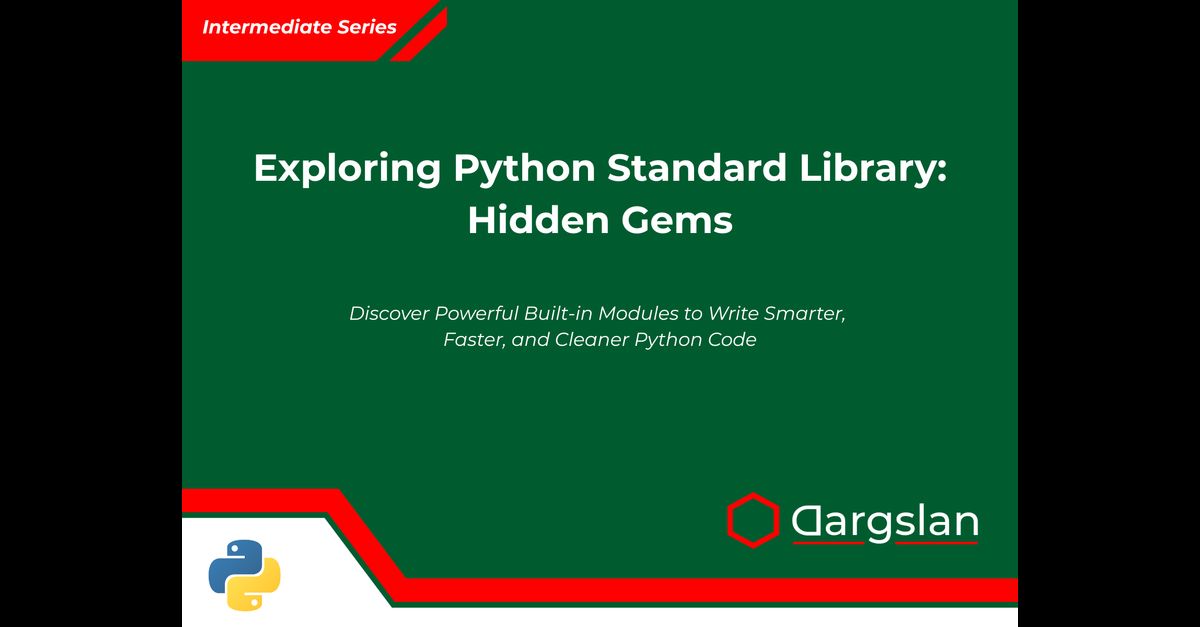
Exploring Python Standard Library: Hidden Gems



